When you’re trying to feel lighter fast, tackling belly bloat is the easiest place to start. Unlike crash diets or marathon workouts, reducing water retention and gas can make a visible difference in just a few days. The culprits? Often the foods and drinks we rely on every day.
“Bloating is usually the result of excess sodium, processed foods, carbonation, or certain hard-to-digest carbs,” explains registered dietitian Stephanie Glassman, RD. “Even healthy foods can be triggers depending on your body.”
The good news: you don’t have to live with that uncomfortable puffiness. A few smart swaps can help flatten your belly while keeping your meals flavorful and satisfying. Below, nutrition experts break down the top bloat-inducing foods—and the best alternatives.
1. Carbonated Sodas

The fizz might feel refreshing, but all those bubbles end up trapped in your stomach. “Carbonation literally fills your gut with air,” says Glassman. And if you’re reaching for diet sodas? Artificial sweeteners can make things worse, causing even more gas and irritation.
Swap with: unsweetened iced tea or antioxidant-rich yerba mate for a caffeine kick minus the bloat.
2. Sugar Alcohols (Sorbitol, Xylitol, Erythritol)
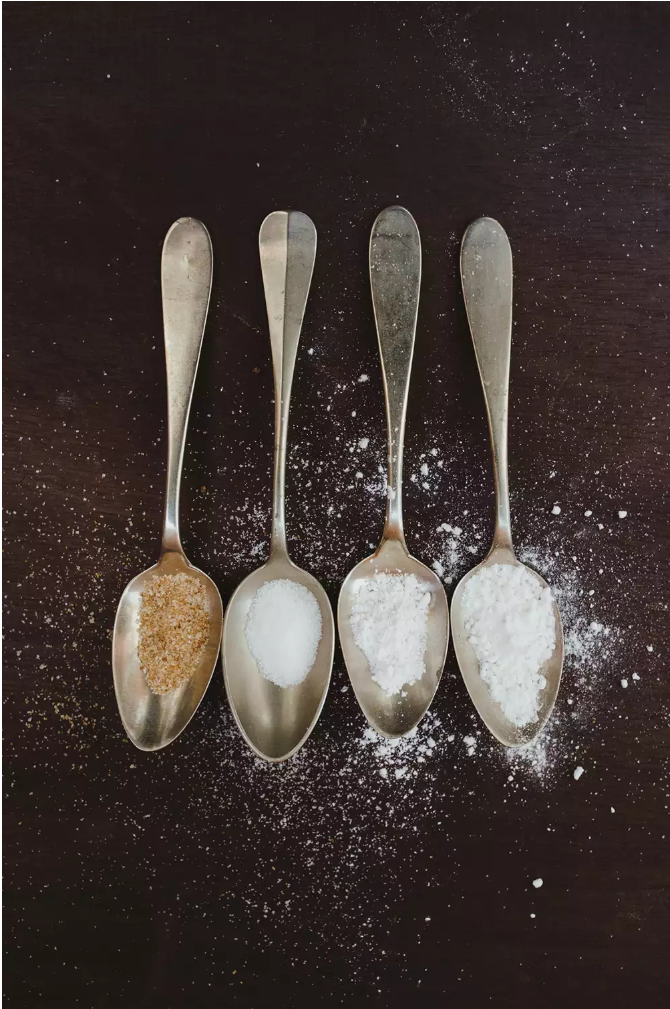
These “zero-calorie” sweeteners are famous for GI distress. “Because the body doesn’t fully absorb them, sugar alcohols can ferment in the gut, leading to major bloating,” Glassman explains.
Swap with: natural sweeteners like stevia, monk fruit, or a drizzle of maple syrup.
3. Cruciferous Veggies
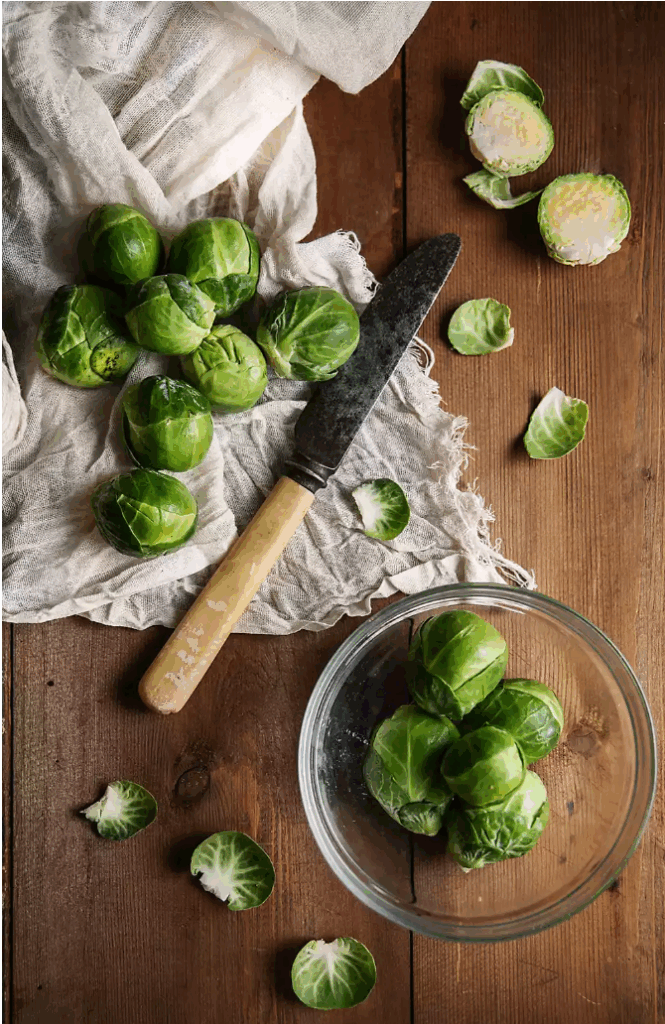
Brussels sprouts, kale, cabbage, cauliflower—nutrient-packed, yes, but tough on digestion. Their complex sugars and high fiber content often lead to gas buildup.
Swap with: hydrating veggies like cucumbers, green beans, or zucchini.
4. Onions
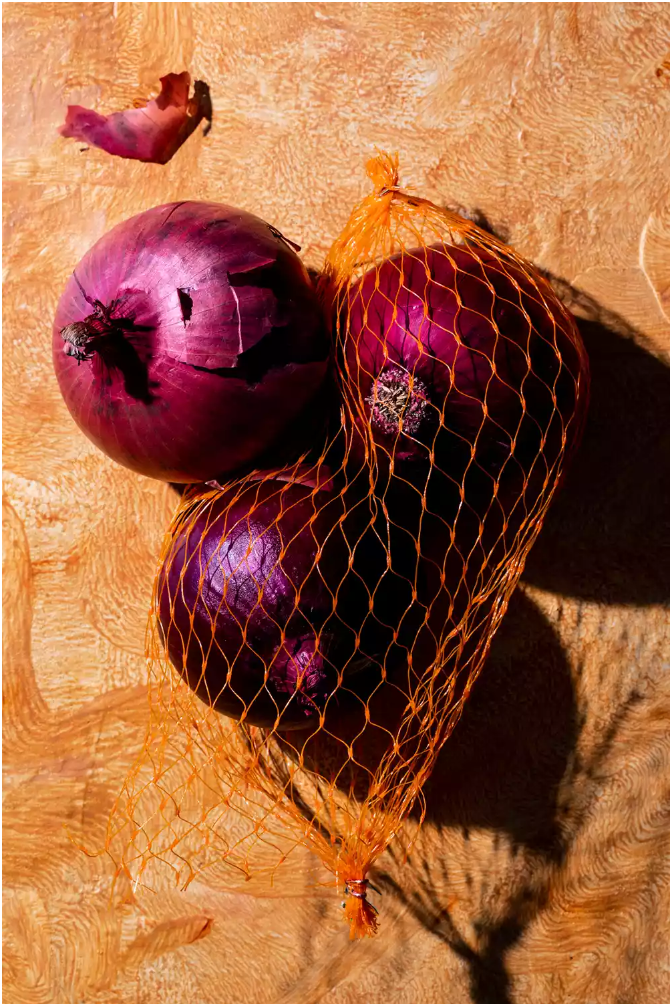
Onions are packed with flavor, but also with fructans—carbs that ferment in the gut. Cue gas, discomfort, and bloat.
Swap with: carrots, chives, or scallions. (Note: some people still react to scallions, so test what works for you.)
5. Garlic
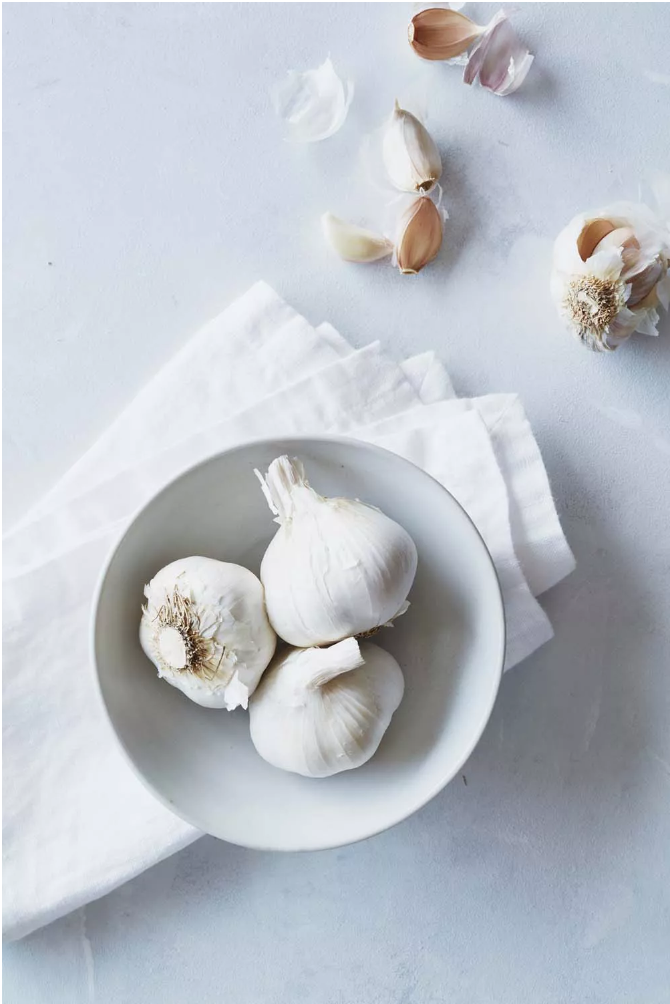
Delicious, but like onions, garlic is high in fructans. If you’re sensitive, you may notice extra gas after garlicky meals.
Swap with: garlic-infused olive oil, fresh herbs like parsley or basil, or spices like turmeric and cumin.
6. Dairy

As we age, many of us lose the enzyme needed to digest lactose. That means milk, cheese, and even yogurt can trigger bloating—even if you don’t have a diagnosed intolerance.
Swap with: dairy-free alternatives like almond, coconut, oat, or soy milk products.
7. Starchy Foods

Think pasta, white bread, crackers. “Refined starches hold onto water, making you feel more bloated,” Glassman notes. Gluten can also play a role for those who are sensitive.
Swap with: whole grains like oats and brown rice, or root veggies like sweet potatoes.
8. Beans

Yes, beans are protein-rich, but their fermentable fibers are notorious for causing gas.
Swap with: rice, potatoes, carrots, or even lentils (if your system tolerates them better).
9. Sparkling Water
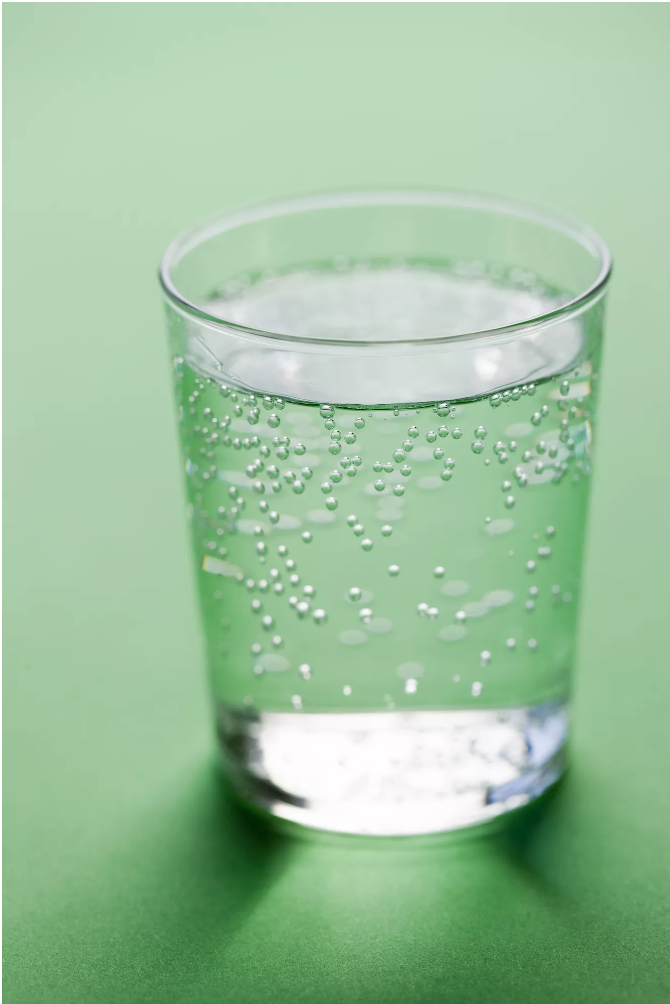
It seems innocent, but it’s still carbonation. “You’re essentially swallowing air with every sip,” says dietitian Keri Moskovitz, RD.
Swap with: still water infused with mint, cucumber, or berries.
10. Lentils
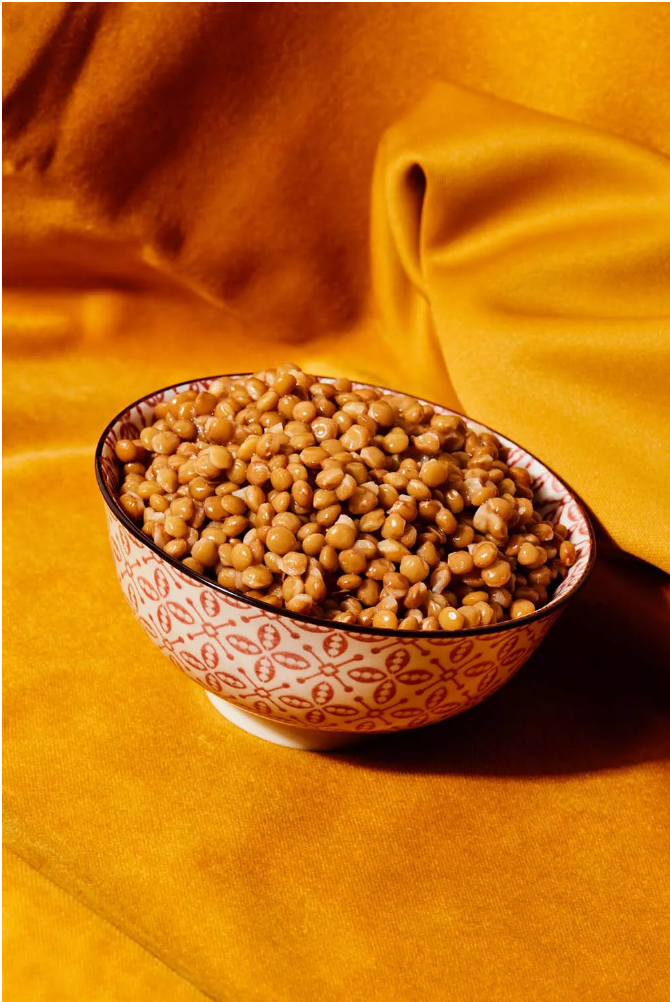
Another legume that can set off sensitive stomachs. Lentils contain soluble fiber that feeds gut bacteria—a good thing—but the fermentation process can cause uncomfortable bloating.
Swap with: quinoa, couscous, or roasted veggies like zucchini and carrots.
11. Beer
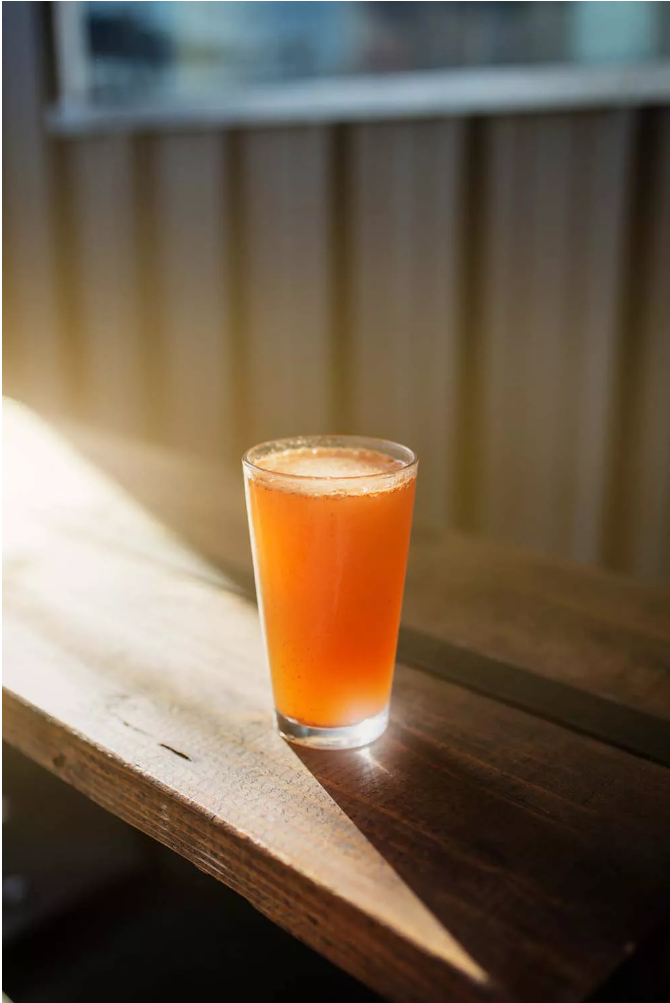
Beer bloat is real. Not only is it carbonated, but it also contains gluten, which can be an irritant for some.
Swap with: wine, or gluten-free alternatives if you still want a brew.
12. Nuts

Almonds, cashews, and peanuts are healthy in moderation—but more than a few handfuls can weigh on your digestive system.
Swap with: smaller servings (2–3 tablespoons max), or mix with seeds, fruit, or whole-grain cereal for balance.
13. Chewing Gum

Chewing gum = swallowing air. Just like drinking from a straw, it can quickly lead to trapped gas.
Swap with: fresh fruit, crunchy veggies, or a soothing mint tea.
14. Acidic Foods

Citrus, tomatoes, vinegar, even chocolate can irritate the stomach lining. The result? Distention and bloat.
Swap with: low-acid fruits like bananas, berries, or melons. For pasta sauce, try pesto or olive oil instead of tomato.
15. Corn
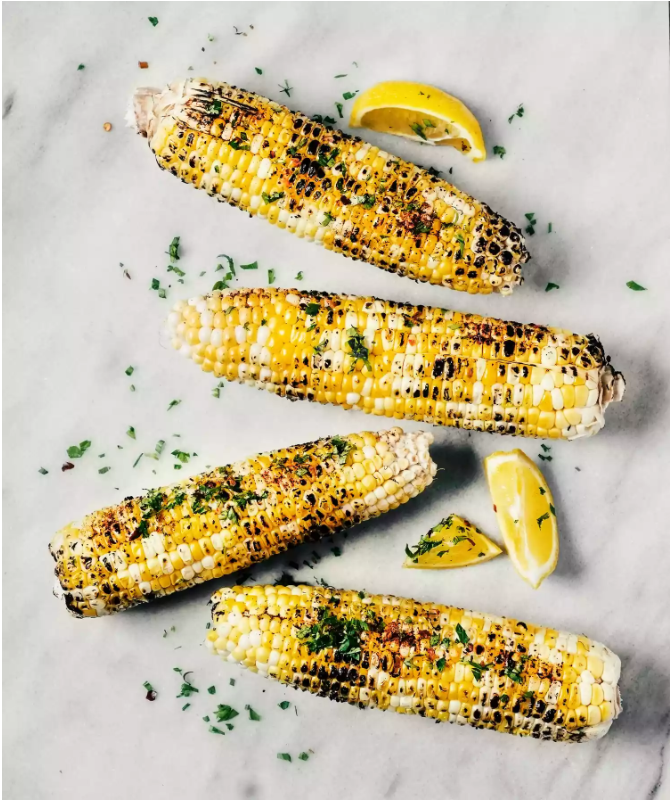
While delicious, corn contains difficult-to-digest carbs and insoluble fiber. For some, even a cob or two can trigger bloating.
Swap with: rice, potatoes, or cauliflower in place of corn in recipes.
The Bottom Line
Bloating happens to everyone, but knowing your triggers can help you feel lighter and more energized. “Pay attention to how your body responds, and don’t be afraid to experiment with swaps,” says Moskovitz. A few tweaks—like ditching carbonation, cutting back on onions, or swapping dairy for plant-based options—can make all the difference between feeling sluggish and feeling flat-bellied confident.
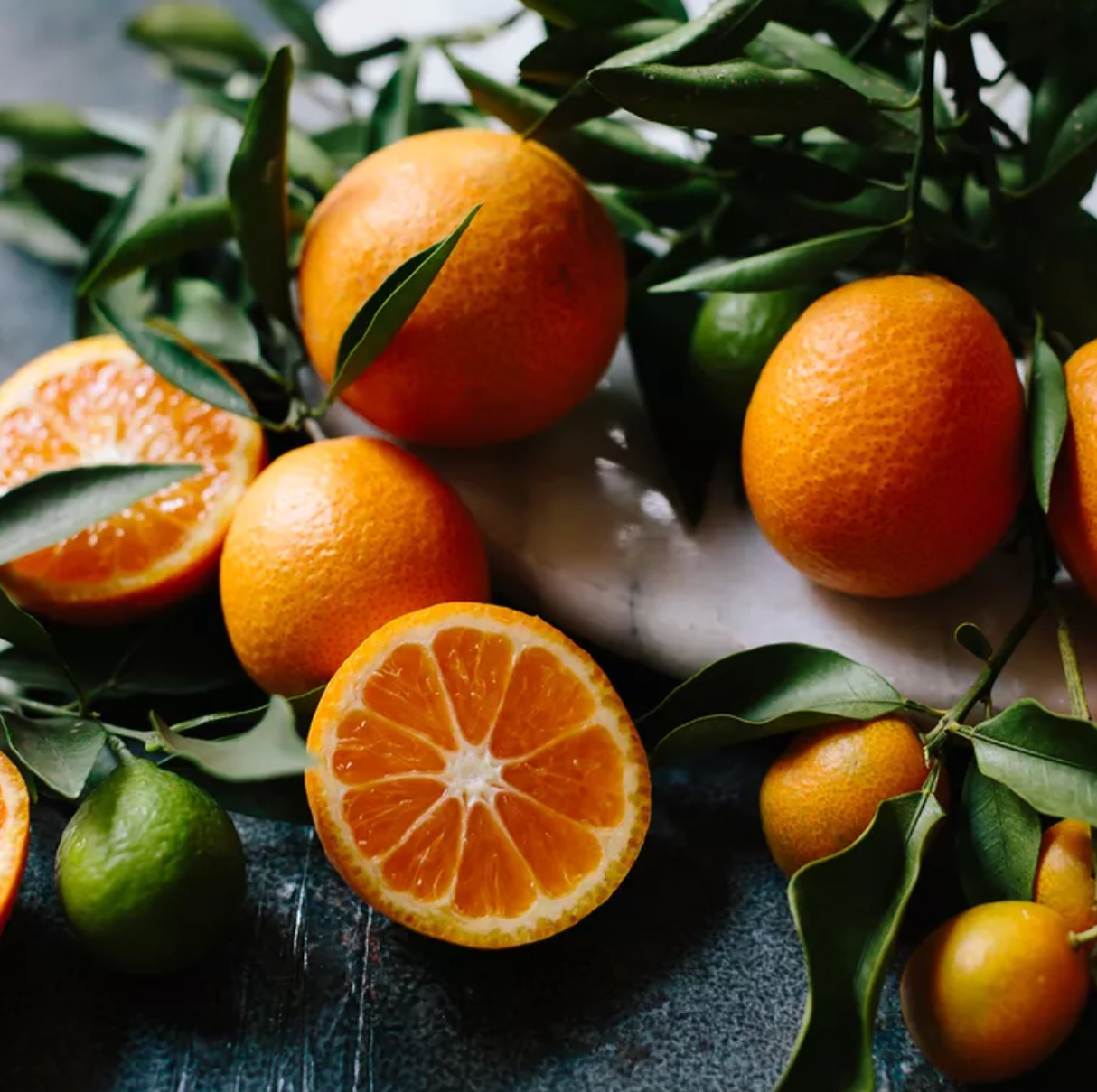
Leave a Reply